How to Track Your Local SEO Rankings: 6 Proven Methods
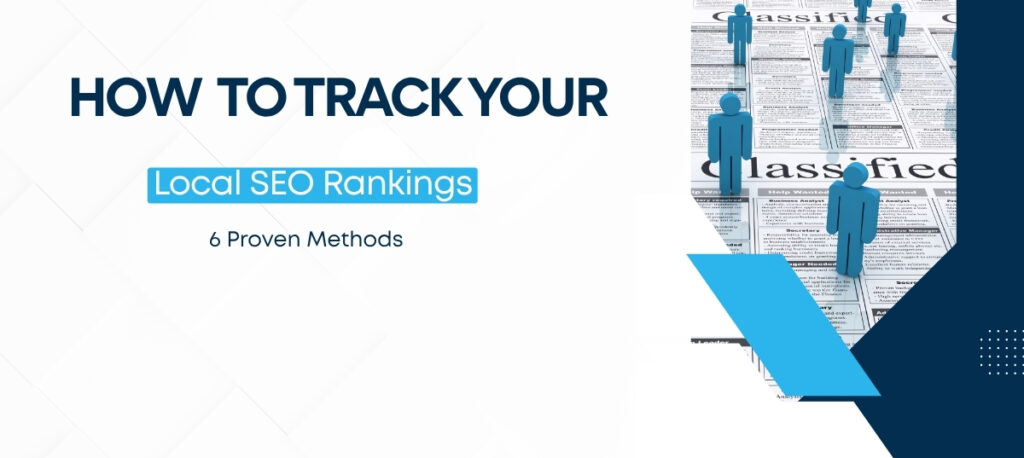
Tracking your local SEO rankings can feel overwhelming when you’re trying to manage everything else in your business. Whether you run a small shop or a multi-location service, knowing where you stand in search results is the difference between being discovered by local customers or getting buried beneath competitors. To track your local SEO rankings, […]
Local SEO Schema Markup Guide: 7 Ways to Boost Visibility
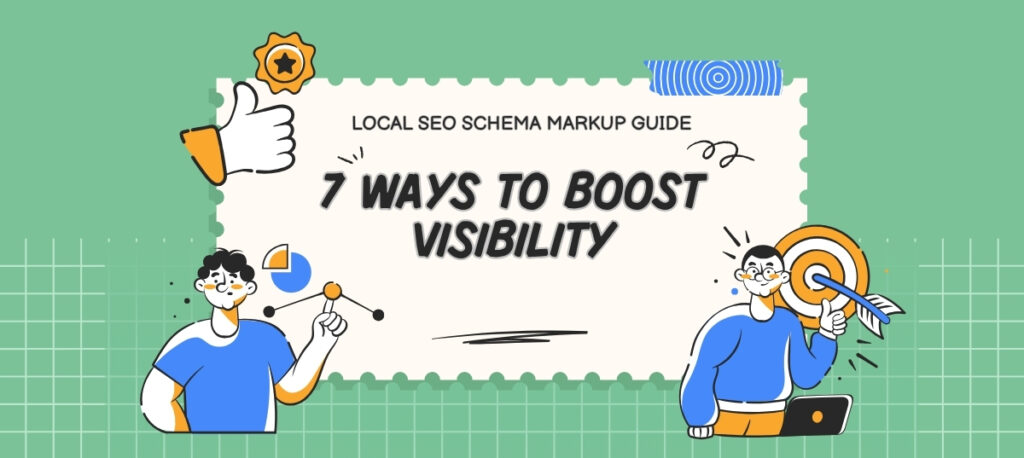
In today’s digital world, standing out online is more important than ever, especially for local treatment providers competing for attention in crowded markets. Simply relying on keywords and backlinks is no longer enough to ensure your business gets noticed by search engines or potential clients. Schema markup is the secret tool that helps bridge this […]
Reputation Management Tips for Local SEO Success: 17 Tricks
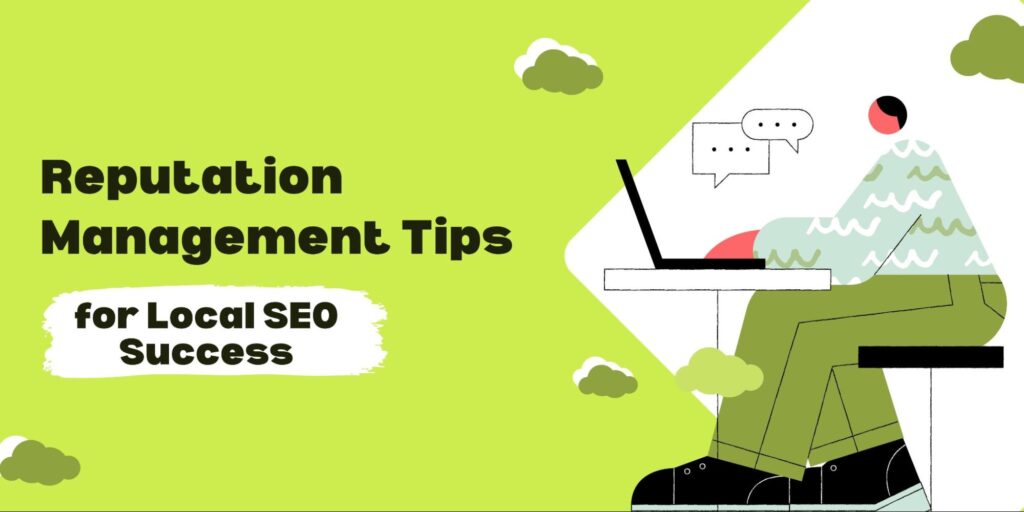
Building a strong reputation is no longer just about word of mouth; it’s about what customers see when they search for you online. A single review or outdated listing can influence whether someone chooses your business or your competitor. In today’s digital age, managing your reputation is essential to staying competitive in local markets. Reputation […]
How Online Reviews Affect Local SEO: 9 Signals That Rank You Fast
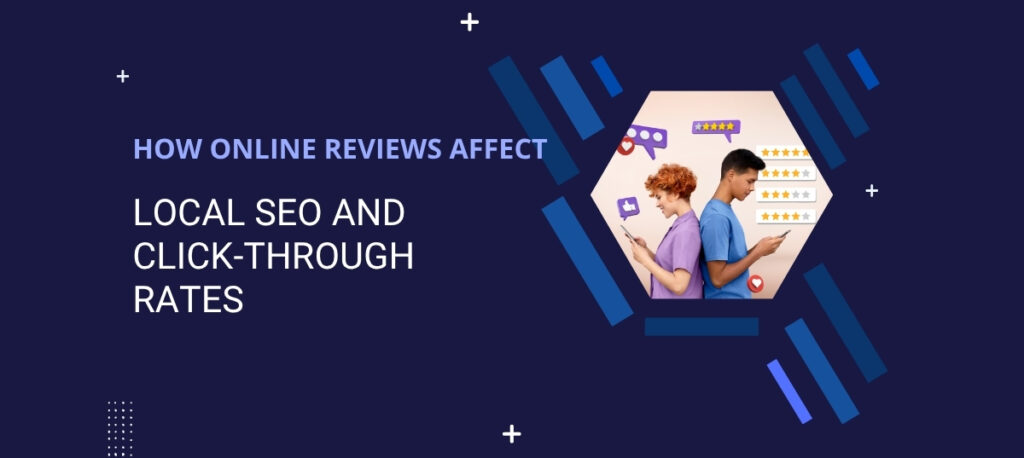
Online reviews have become the modern word-of-mouth for local businesses. Whether it’s a quick search for a restaurant or a trusted clinic, people rely on reviews to make decisions within seconds. These ratings and comments don’t just influence customers; they also play a major role in how search engines rank your business in local results. […]
How to Do Local SEO: 10 Steps to Rank in Google Maps
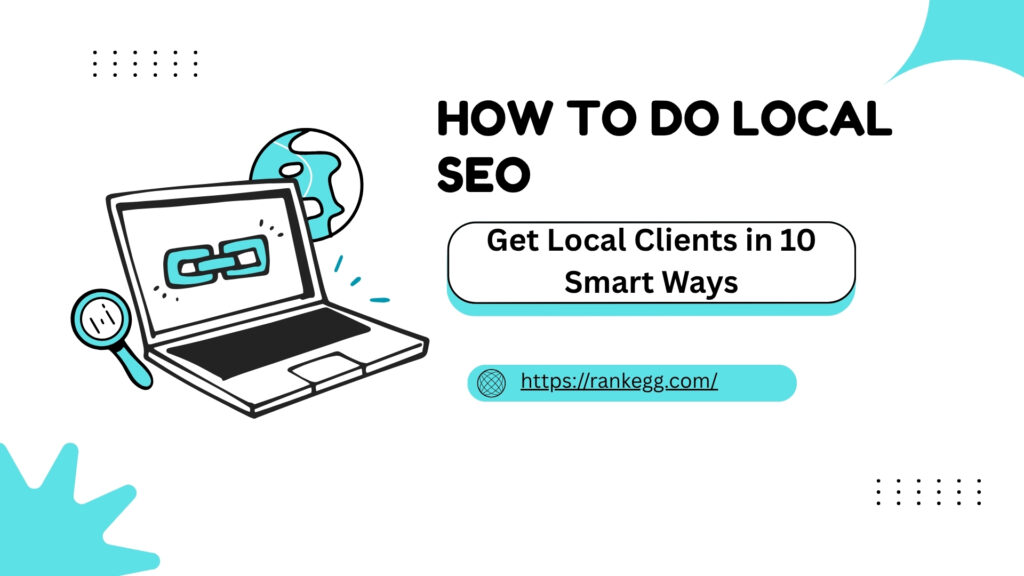
When someone nearby searches for services like “laser clinic near me” or “waxing in Reading,” will your business appear on the first page of Google? If not, you’re missing out on local customers ready to book. In today’s mobile-driven world, local visibility is crucial for clinics, salons, and beauty professionals relying on local traffic. Local […]
How Local SEO Works for Service-Based Businesses: 6 Proven Results

Imagine a potential client searching “emergency plumber near me” or “walk-in doctor near me”; are they finding your business or your competitor’s? In today’s digital world, that question determines your schedule. For service-based businesses like clinics, plumbing, HVAC, and salons, visibility at the right moment can make or break growth. Local SEO is the process […]
Which Business Types Benefit the Most from Local SEO: 7 Picks

If your business depends on attracting local customers, whether they’re hungry, in need of a haircut, or facing a leaky pipe, local SEO could be the key to growing your visibility and your revenue. Local SEO benefits businesses that serve a specific geographic area or have a physical location. This includes law firms, salons, auto […]
How Local SEO Increases Profit for Law Firms, Salons & Auto Shops

Imagine someone in your neighborhood urgently needs a lawyer, a haircut, or a quick oil change. What’s the first thing they do? They pull out their phone and search for a local business. In that moment, if your business doesn’t appear at the top of the results, you’ve just missed a client who was ready […]
How Local Citations Influence Map Rankings: 4 Big Mistakes
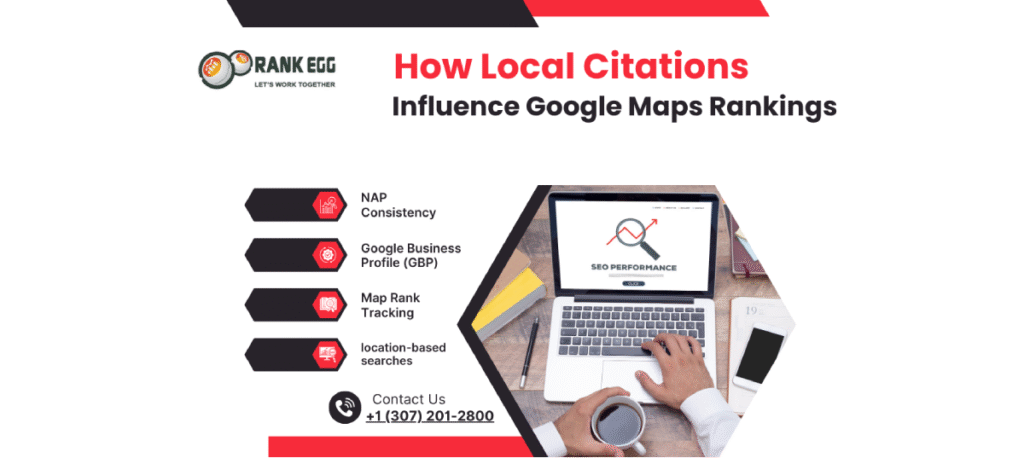
Appearing in the top results of Google Maps can make all the difference for a local business. When searching for nearby services, customers often choose from the first few listings they see. How local citations influence Google Maps rankings comes down to trust and accuracy. When your business name, address, and phone number (NAP) appear […]
How to Create SEO-Friendly Local Landing Pages: Top 10 Steps

Ever searched for “AC repair near me” or “best burger spot in Dallas” and clicked the top result? That’s the power of a well-crafted local landing page. In a competitive market, your business needs pages that target the neighborhoods and cities you serve. To create SEO-friendly local landing pages, start by writing unique, location-specific content […]

